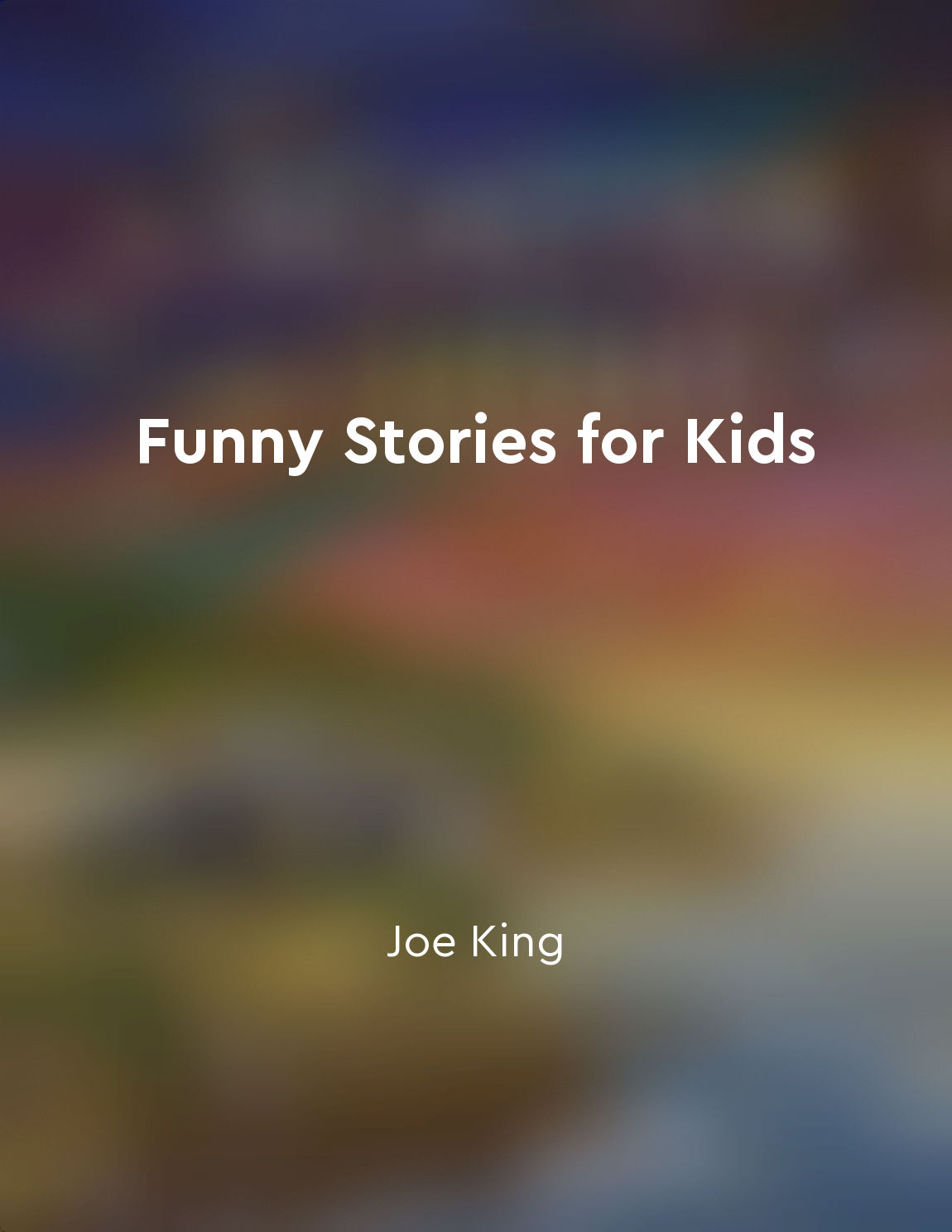Audio available in app
Adaptation of the tea party scene in both versions from "summary" of Disney in Wonderland: A Comparative Analysis of Disney's Alice in Wonderland Film Adaptations from 1951 and 2010 by Franziska Schütze
In both the 1951 and 2010 adaptations of Alice in Wonderland, the tea party scene is a pivotal moment that showcases the whimsical and nonsensical nature of Wonderland. However, the way in which this scene is depicted differs significantly between the two versions. In the 1951 film, the tea party scene is a colorful and lively affair, with the Mad Hatter, March Hare, and Dormouse engaging in absurd conversations and antics. The scene is filled with quick-witted dialogue and slapstick humor, creating a sense of chaos and unpredictability. The characters' exaggerated movements and expressions add to the overall zaniness of the scene, making it a memorable and entertaining part of the film. On the other hand, the 2010 adaptation takes a darker and more surreal approach to the tea party scene. The Mad Hatter is portrayed as a tortured and eccentric figure, his behavior erratic and unsettling. The overall tone of the scene is more somber and introspective, with an underlying sense of unease permeating the interactions between the characters. The use of CGI effects and elaborate set design enhances the dreamlike quality of the scene, adding to the sense of disorientation and otherworldliness.- Both versions of the tea party scene capture the essence of Wonderland in their own unique ways. While the 1951 adaptation focuses on humor and whimsy, the 2010 adaptation delves deeper into the darker and more complex aspects of Lewis Carroll's original work. In both cases, the tea party scene serves as a microcosm of Wonderland itself, a place where logic and reason are turned upside down and nothing is quite as it seems.
Similar Posts
They promise to cherish their newfound relationship
In our adventures, we discover new friendships that fill our hearts with warmth and joy. One such friendship bloomed between me...

Fostering a love for humor and silliness in storytelling
This book is all about embracing the joy and laughter that comes with sharing funny stories with kids. It's about letting go of...
Perseverance can lead to victory
Inigo Montoya's pursuit of the six-fingered man serves as a prime example of how perseverance can eventually lead to triumph. D...
The family's relationships are strained
The family's relationships in the household were becoming increasingly tense. Gregor's transformation into a giant insect seeme...

Silly adventures of hilarious characters
Get ready to dive into a world where the unexpected is just around the corner and laughter is always on the menu. Imagine a gro...
Symbolism of the White Rabbit in the story
The White Rabbit in "Alice in Wonderland" serves as a significant symbolic character throughout the story. In both the 1951 and...
Shakespeare's language is rich
Shakespeare's language is rich in the sense that it is full of depth and complexity, allowing for various interpretations and l...
Cordelia refuses to flatter Lear
At the onset of our tale, we witness a scene where King Lear, in his advanced age and growing frailty, seeks declarations of lo...

